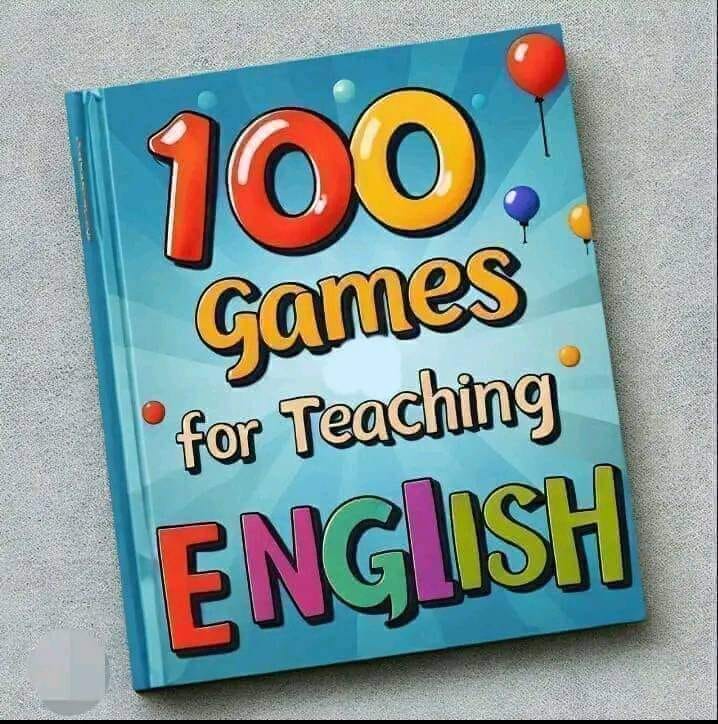A “Paragraph Game” can be a fun and interactive way to teach students how to structure their writing, improve their grammar, and develop their ideas in a cohesive manner. Here’s how you could structure a simple version of the game for a classroom setting:
1. Objective:
The goal is for students to write a well-structured paragraph on a given topic, focusing on clarity, coherence, and organization.
2. Materials Needed:
- Whiteboard/Chalkboard or projector
- Writing materials (paper or digital devices)
- Timer (optional)
- List of random topics or prompts (can be prepared ahead of time)
3. How to Play:
Step 1: Choose a Prompt
- Begin by presenting a prompt or topic to the class. This can be anything from “My Favorite Hobby” to “The Importance of Exercise.”
Step 2: Write a Topic Sentence
- Ask students to write a topic sentence (the main idea of the paragraph). They can do this individually or in pairs. The topic sentence should clearly state the main point they will be discussing in the paragraph.
Step 3: Brainstorm Supporting Details
- Have students brainstorm supporting details for their topic sentence. This can be done as a group or individually. They should focus on explaining, giving examples, or providing reasons related to their topic sentence.
Step 4: Write the Body of the Paragraph
- Ask students to write the body of their paragraph, making sure to organize their ideas logically and to connect sentences with transition words (e.g., “first,” “for example,” “in conclusion”).
Step 5: Edit and Improve
- Once they’ve written their paragraphs, encourage peer editing. Students can swap paragraphs and check for grammar, clarity, and organization. This helps them not only improve their own writing but also learn to recognize good writing in others.
4. Variation:
Timed Challenge:
- If you want to make the game more competitive, set a timer for each round (e.g., 10 minutes) to complete a paragraph. Students have to be efficient while still making sure their paragraph is clear and well-structured.
Random Sentence Generator:
- For a more creative version, you can randomly generate or provide a few “starter” sentences, and students have to build a paragraph around them. For example, you could give them: “Many people enjoy the outdoors.” Then, they have to come up with supporting sentences and a conclusion.
The “Paragraph Relay”:
- Split the class into teams. Each team will take turns writing one sentence at a time on the same paragraph, building off of the previous person’s sentence. After the relay, the entire paragraph is reviewed for coherence and quality.
5. Tips for Success:
- Remind students to focus on one main idea per paragraph to avoid rambling or losing clarity.
- Encourage them to use transition words to ensure their ideas flow logically.
- Challenge students to include a strong concluding sentence that ties everything together.
6. Debrief:
- After the game, have a brief discussion about what makes a paragraph effective. You can highlight examples from student work that demonstrate strong topic sentences, supporting details, and conclusions.
- Reinforce key lessons about paragraph structure: topic sentence, supporting details, and concluding sentence.
This game can be modified for any age group and works well for both in-person and virtual classrooms. By making it a fun, interactive activity, you can help students engage with the material while practicing their writing skills.
